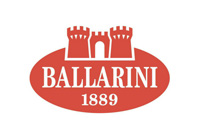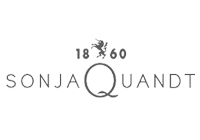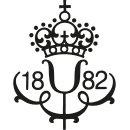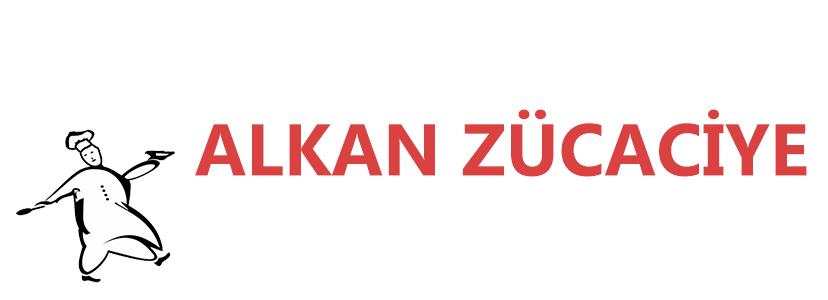We usually cover the festive table with a white tablecloth or a tablecloth of a soft pastel colour to make the decorations, glasses, china, cutlery stand out as much as possible. Fashion trends favour a transparent tablecloth so that the material and colour of the table also stand out. Such a tablecloth is transparent with delicate embroidery in the colour of the tablecloth. It should protrude over the edges of the table everywhere equally. Paper napkins are indispensable, or, for formal dining, cloth napkins. They should be lightly starched. Place the napkins on or to the left of the plate.
Decorate the table with porcelain crockery. For soups we use deep plates, broths are served in broth cups with ears. We place the plates about 2 cm from the edge of the table, as well as the cutlery. To the right side of the large cutlery knife, bring the blade to the plate, to the left side of the plates up with the fork tip. Place the spoon next to the knife with the scooping part towards the centre of the table, the compote or coffee spoon in front of the plates and the dessert fork with the handle towards the diner. Place a water, beer or wine glass on the right side in front of the knife. Set the cutlery on the table before dining (this is the English way) from the outside closer to the plates, in the order in which the courses are to be eaten. Place the glasses to the right of the tip of the knife, also in the order in which the drinks will be served. The beer glasses can be brought to the table at the same time as the bottle of beer. If we have cut glasses, we use them to match the older richly decorated china. Clear stemmed glasses are preferable to modern plain ones. If we want to decorate the laid table with live flowers, they should match in colour. Let's not forget the salt shaker, pepper shakers, toothpicks.
Serving and dining
We should always dine culturally, not just on holidays. In a domestic setting, we serve soup on the table in a soup bowl with a ladle and do not run around with individual plates.
We place the sliced meat on shallow meat bowls, place the traditional fried carp on a bowl, garnish it, place the side salad on a deeper bowl, serve the unconventionally prepared carp, if it is with sauce, sliced and the sauce in a saucepan. The fish prepared whole is eaten with special fish cutlery, if we do not have it, we use normal cutlery, but not two forks, as advised in the past. We push the fish bones to the edge of the plate or onto a small dessert plate - it is not a sin not to put it on the table (it should be for poultry bones).
Small fruits like fresh strawberries, raspberries we eat with a spoon, the same compote, from a banana we cut off the ends and peel off part of the skin with a knife. Cut a grapefruit in half, then separate the flesh from the peel with a knife, mark the individual parts with a knife, then eat the separated parts with a spoon. The following advice is also useful: for scooping meat and side dishes out of bowls, we use what is known as a serving utensil, which is a large spoon and fork. When scooping, we hold the fork in our left hand and the spoon in our right hand, use the fork to scoop the food onto the spoon, which we use to scoop it up and transfer it to the plate. If we have guests of immediate family or friends at the Christmas table, we place the bowls in front of the most esteemed guest. He or she takes the first spoonful and then the others pass the bowls of food from left to right, this is also the way we serve. If we are serving a main course, meat and sauce first, then side dishes. We also pour drinks from the right side.
I assume that the festive atmosphere has a positive effect on everyone, so the children will not put the knife in their mouths or lick it (this is also true of their parents), that they will not be waving, rattling cutlery, talking tomouths full, wiping our mouths with our hands or our faces and noses with a cloth napkin will not be allowed into our home, where everyone is, at least for a short time, different than on other ordinary days.


































